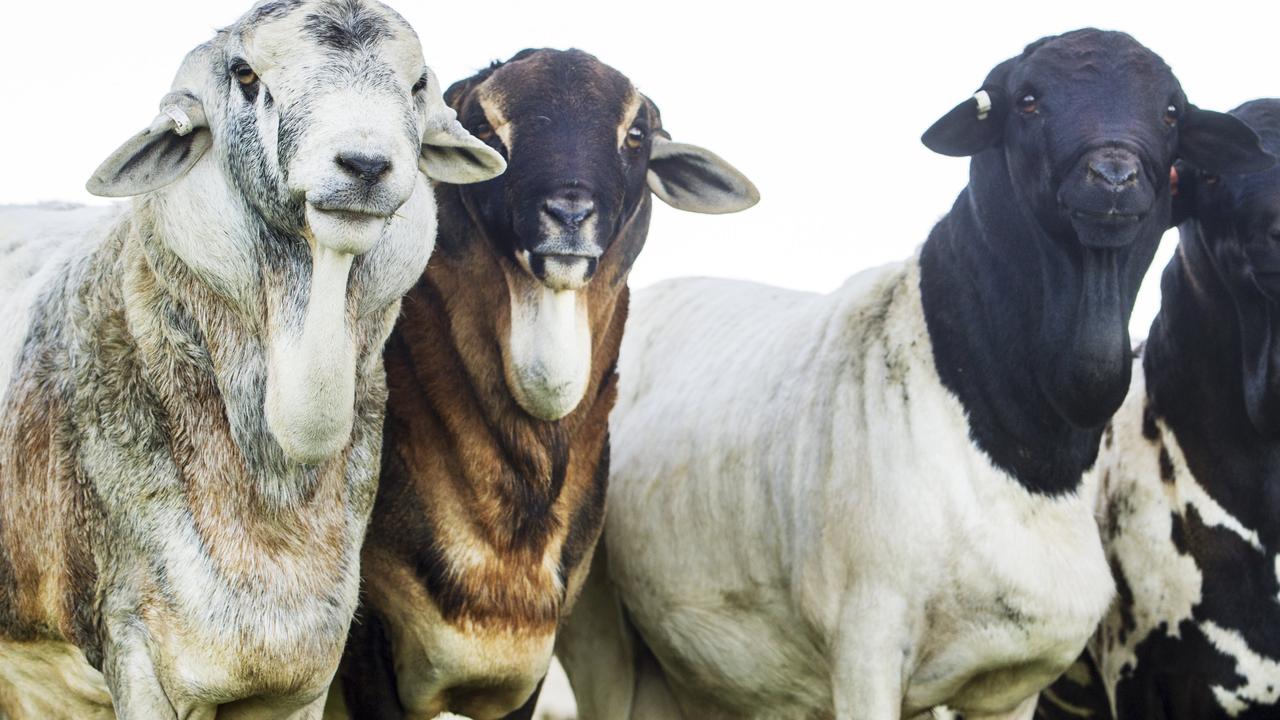Shedding sheep: Why producers are turning to genetics to rebuild flock
With demand for ewes far outstripping supply, producers are looking to genetics to bolster their flocks.

This story is free to read, but there has never been a more important time to stay connected to the news. For a limited time you can get a special digital subscription to The Weekly Times from as little as $1.30 a week for four weeks*.
SHEDDING sheep breeds are gaining popularity as demand for breeding ewes far outweighs supply.
Data compiled by online selling platform AuctionsPlus between 2016 and the present showed online listings for shedding breeds such as Dorper, Australia White and Damara increased, particularly for joined sheep. Shedding breed listings increased 5 per cent on last year and accounted for 17 per cent of all terminal breeds offered online this year.
There was a large jump in average prices achieved for shedding breed ewes this year, with all categories recording an average price increase of more than $100.
Joined ewes jumped $127 to average $296, while ewes with lambs at foot increased $133 to average $340.
Elders Broken Hill livestock agent Ian Featherstone said shedding breeds were gaining favour for restocking purposes because they don’t have the extra cost at shearing time as opposed to first-cross ewes.
“Traditional Merino breeders are starting to look into diversifying, as a result of the depressed wool market, while others who were forced to downsize, or completely destock over the past four years have found themselves looking into alternative breeds,” Mr Featherstone said.
Traditional Merino operation Netallie Station, west of Wilcannia in NSW, was hit hard by the drought and began restocking from March this year.
Manager of the family-run business James McClure said the restocking effort was the perfect opportunity to experiment with shedding breeds and diversify their market opportunities.
“We’ve purchased 2000 Damara ewes, which are a full shedding breed, but a bit different to the dorpers,” Mr McClure said.
“They were an opportunity for us and a better fit with some of our scrubbier country – we’re using them as a bit of a landscaping tool.”
Mr McClure said the decision to purchase Damara ewes over Dorper ewes was a cost-based decision.
“For a well-bred young dorper ewe, you’re looking at nearly $300, but we were able to purchase damara ewes out of Western Australia for $100,” Mr McClure said.
MORE
HOW COVID-19 CHANGED AUSSIE EATING HABITS



